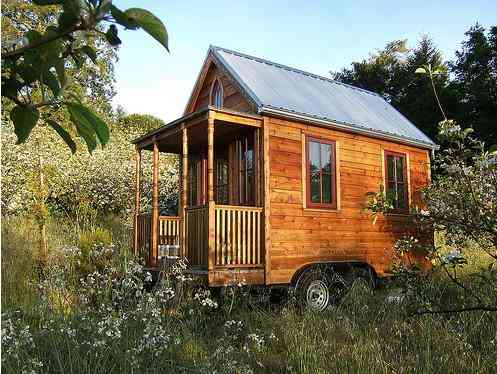 Common Elderberry
Common Elderberry
Rita Bober Norm Bober Ken Dahlberg, Chairperson Maynard Kaufman Ron Klein Suzanne Klein Michael Kruk | Jim Laatsch Lisa Phillips, Treasurer Michael Phillips Thom Phillips, Managing Director Jan Ryan, Secretary Jon Towne, Newsletter Editor Dennis Wilcox |
 As the recession
disproportionally hits those that historically have had the least
access to resources, I've had to downsize my tiny home aspirations
further. While housing and location has been a cultural investment for
majority groups, for others self-owned housing and property access have
culturally offered the promise of simply being able to exist in this
world. . . .
As the recession
disproportionally hits those that historically have had the least
access to resources, I've had to downsize my tiny home aspirations
further. While housing and location has been a cultural investment for
majority groups, for others self-owned housing and property access have
culturally offered the promise of simply being able to exist in this
world. . . . facilities, rather than each home on the block owning its own tennis court or pool.
facilities, rather than each home on the block owning its own tennis court or pool.  Common Elderberry
Common Elderberry species have
poisonous vegetative parts. For the Common Elderberry, use only
the fruits and flowers. None of the Red elder is usable.
species have
poisonous vegetative parts. For the Common Elderberry, use only
the fruits and flowers. None of the Red elder is usable.


